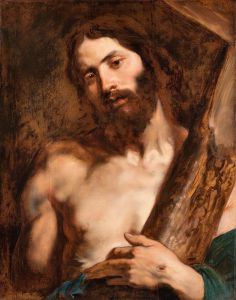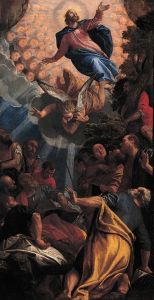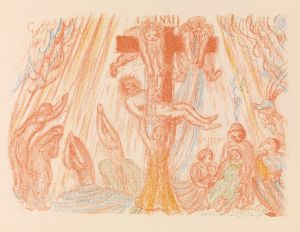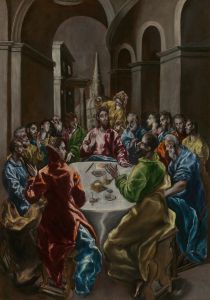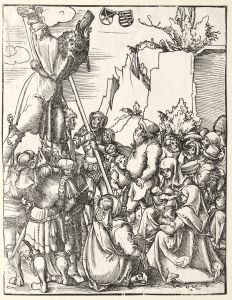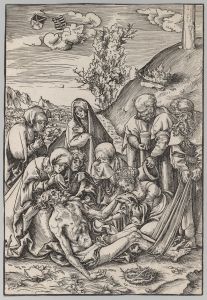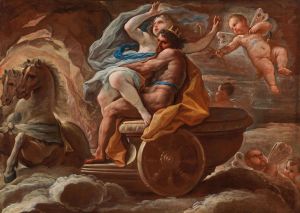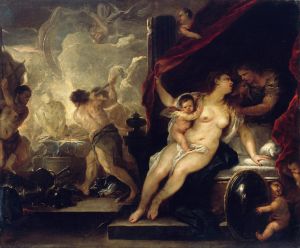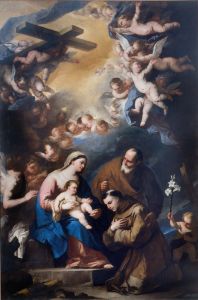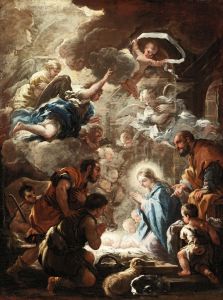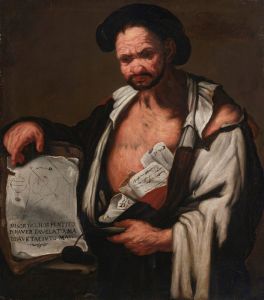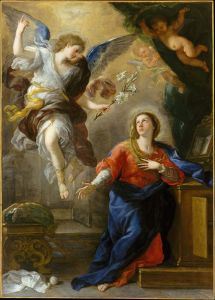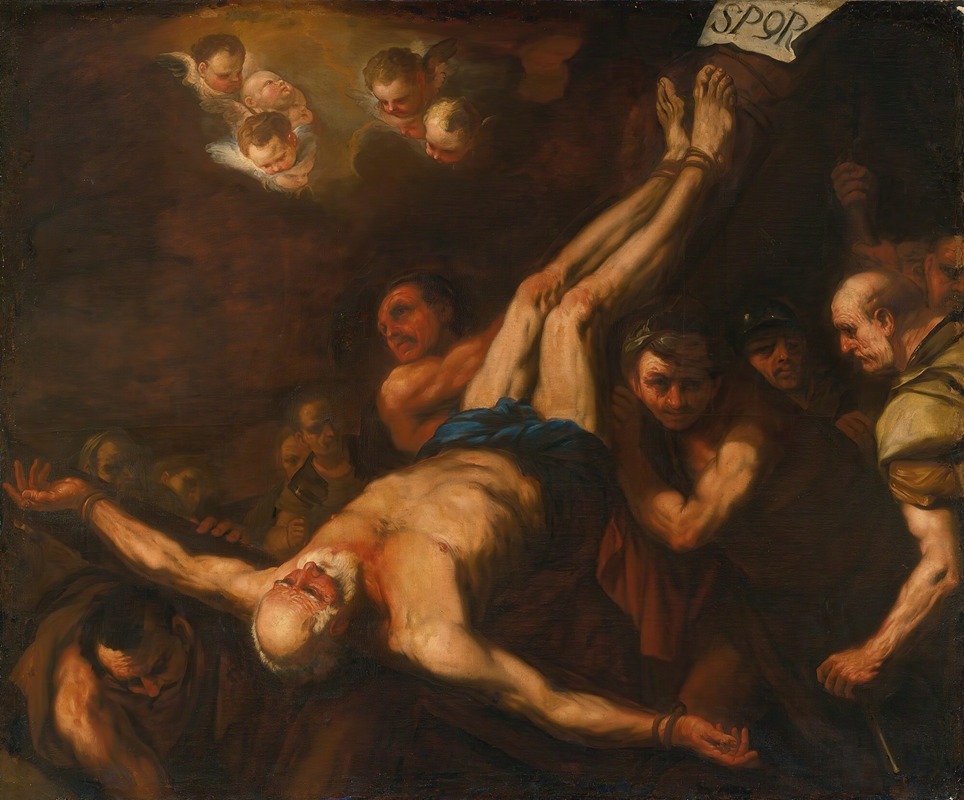
Crucifixion Of St. Peter
A hand-painted replica of Luca Giordano’s masterpiece Crucifixion Of St. Peter, meticulously crafted by professional artists to capture the true essence of the original. Each piece is created with museum-quality canvas and rare mineral pigments, carefully painted by experienced artists with delicate brushstrokes and rich, layered colors to perfectly recreate the texture of the original artwork. Unlike machine-printed reproductions, this hand-painted version brings the painting to life, infused with the artist’s emotions and skill in every stroke. Whether for personal collection or home decoration, it instantly elevates the artistic atmosphere of any space.
Luca Giordano, an Italian Baroque painter, is renowned for his dynamic compositions and vibrant use of color. One of his notable works is the "Crucifixion of St. Peter," which exemplifies his mastery in capturing dramatic religious scenes. Giordano was born in Naples in 1634 and was a prolific artist, producing a vast number of paintings throughout his career. He was heavily influenced by the works of other Baroque masters such as Peter Paul Rubens and Jusepe de Ribera, which is evident in his dramatic use of light and shadow and his ability to convey intense emotion.
The "Crucifixion of St. Peter" depicts the martyrdom of Saint Peter, one of the twelve apostles of Jesus and a pivotal figure in Christianity. According to Christian tradition, Peter was crucified in Rome under Emperor Nero's reign. He requested to be crucified upside down, as he felt unworthy to die in the same manner as Jesus Christ. This unique aspect of his martyrdom is a central theme in Giordano's painting.
Giordano's rendition of this event captures the moment with vivid intensity. The composition is marked by its dynamic movement and the emotional expressions of the figures involved. The painting likely features a strong diagonal composition, a technique often used by Baroque artists to create a sense of movement and drama. The use of chiaroscuro, the contrast between light and dark, enhances the emotional impact and draws the viewer's eye to the central figure of St. Peter.
In this work, Giordano's skillful brushwork and use of color are evident. The palette is typically rich and varied, with deep reds, blues, and earth tones that add to the painting's emotional depth. The figures are rendered with anatomical precision, a testament to Giordano's training and his study of the human form. The expressions on the faces of St. Peter and the surrounding figures convey a range of emotions, from anguish and suffering to reverence and awe.
Giordano's ability to convey narrative through his art is one of his defining characteristics. In the "Crucifixion of St. Peter," he not only depicts a historical and religious event but also invites the viewer to reflect on themes of faith, sacrifice, and humility. The painting serves as a visual sermon, communicating the story of St. Peter's martyrdom to those who view it.
Throughout his career, Giordano worked in various cities, including Naples, Florence, and Venice, and even spent a decade in Spain, where he served as a court painter for King Charles II. His works were highly sought after, and he left a significant impact on the art world of his time. The "Crucifixion of St. Peter" is just one example of his extensive oeuvre, which includes religious, mythological, and historical subjects.
Luca Giordano passed away in 1705, but his legacy endures through his paintings, which continue to be studied and admired for their technical brilliance and emotional power. The "Crucifixion of St. Peter" remains a testament to his ability to capture the human experience and the spiritual fervor of the Baroque period.





